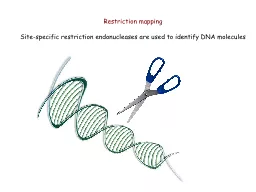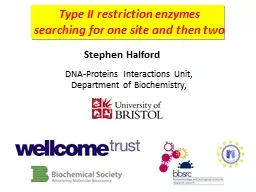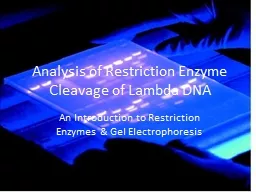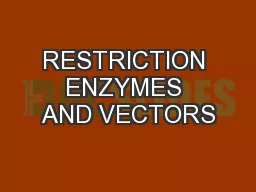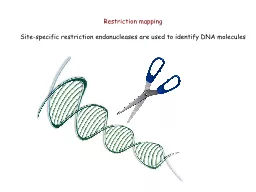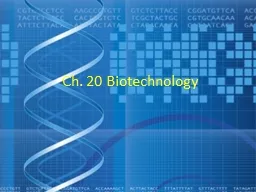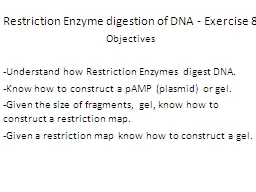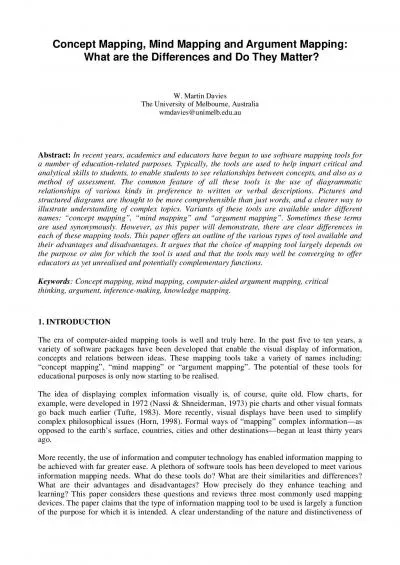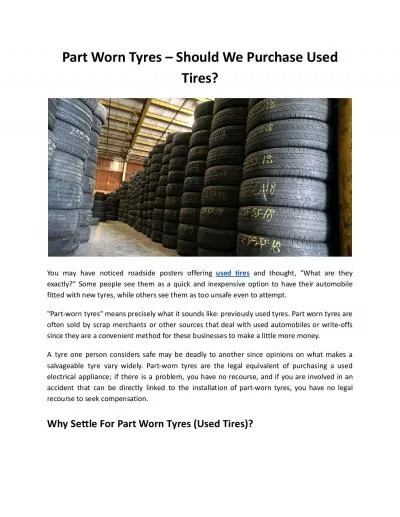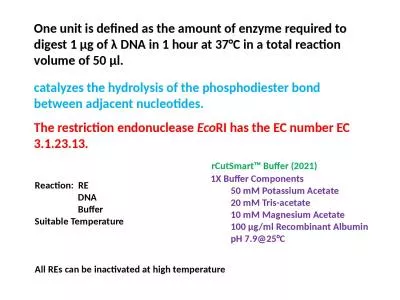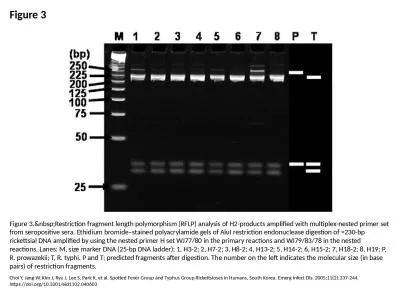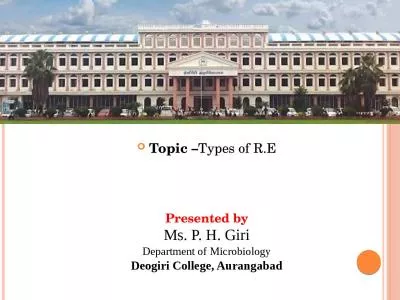PPT-Restriction mapping Site-specific restriction endonucleases are used to identify DNA molecules
Author : emily | Published Date : 2022-06-11
What are restriction endonucleases REs How can REs be used to identify DNA molecules How can I find RE recognition sites in the MET plasmids Restriction endonucleases
Presentation Embed Code
Download Presentation
Download Presentation The PPT/PDF document "Restriction mapping Site-specific restri..." is the property of its rightful owner. Permission is granted to download and print the materials on this website for personal, non-commercial use only, and to display it on your personal computer provided you do not modify the materials and that you retain all copyright notices contained in the materials. By downloading content from our website, you accept the terms of this agreement.
Restriction mapping Site-specific restriction endonucleases are used to identify DNA molecules: Transcript
Download Rules Of Document
"Restriction mapping Site-specific restriction endonucleases are used to identify DNA molecules"The content belongs to its owner. You may download and print it for personal use, without modification, and keep all copyright notices. By downloading, you agree to these terms.
Related Documents

